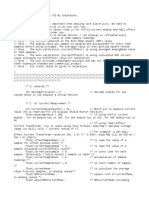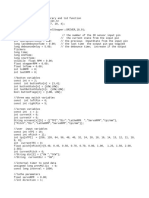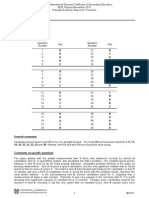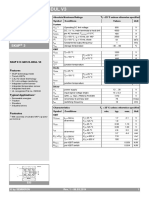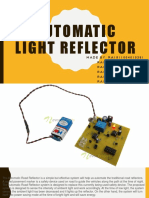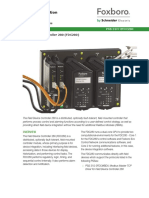0% found this document useful (0 votes)
10 views10 pagesArduino Ammeter
This document outlines a project to create an Arduino-based volt-ammeter using a breadboard, providing a useful alternative to traditional voltmeters. It includes a detailed component list, assembly instructions, and Arduino sketch source code for programming the device. The project aims to measure voltage and current simultaneously while allowing for calibration and configuration through user inputs.
Uploaded by
trendigital.pkuCopyright
© © All Rights Reserved
We take content rights seriously. If you suspect this is your content, claim it here.
Available Formats
Download as DOCX, PDF, TXT or read online on Scribd
0% found this document useful (0 votes)
10 views10 pagesArduino Ammeter
This document outlines a project to create an Arduino-based volt-ammeter using a breadboard, providing a useful alternative to traditional voltmeters. It includes a detailed component list, assembly instructions, and Arduino sketch source code for programming the device. The project aims to measure voltage and current simultaneously while allowing for calibration and configuration through user inputs.
Uploaded by
trendigital.pkuCopyright
© © All Rights Reserved
We take content rights seriously. If you suspect this is your content, claim it here.
Available Formats
Download as DOCX, PDF, TXT or read online on Scribd
/ 10





